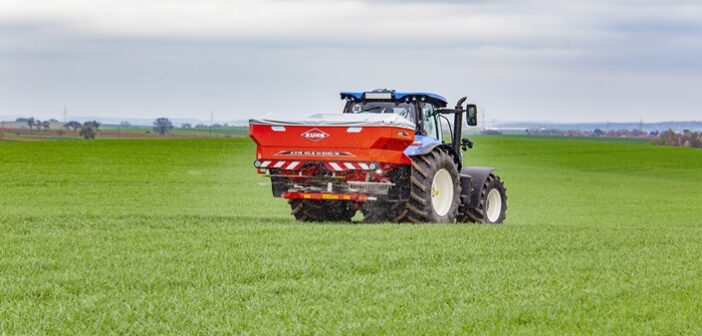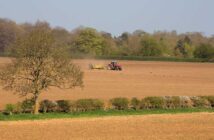Farm input costs have risen by an average 44% since 2019 according to research carried out by the Agriculture and Horticulture Development Board (AHDB).
The research calculated how farming costs have changed in line with inflation between December 2019 and May 2024, using a ‘basket of goods’ based on typical costs incurred by farms.
Straw costs (bedding) more than doubled between December 2019 and May 2024 with electricity, fertiliser, animal feed and motor fuels increasing by 38-50% over the same period.
Cereal and mixed farms had a 43% increase with fertiliser and machinery related costs causing their sharp rise.
Pig farming saw the greatest input costs gain. Feed prices were the main driver of the 54% increase.
Dairy and beef farms suffered a similar fate with their 44% and 39% respective increases also driven by feed prices.
Amandeep Kaur Purewal, AHDB senior economist, said: “Our research highlights the challenges faced by farmers as rising input costs continue to put pressure on their businesses.”
AHDB lead data analyst Megan Hesketh added: “According to our analysis, the farming budget would need to increase by 44% to £3.4 billion just to offset the effect of inflation. This is without taking into account any other spending required to support the farming sector.”
While costs have increased by more than 40%, funding for agriculture has remained unchanged at £2.4 billion since the 2019-24 parliament.




